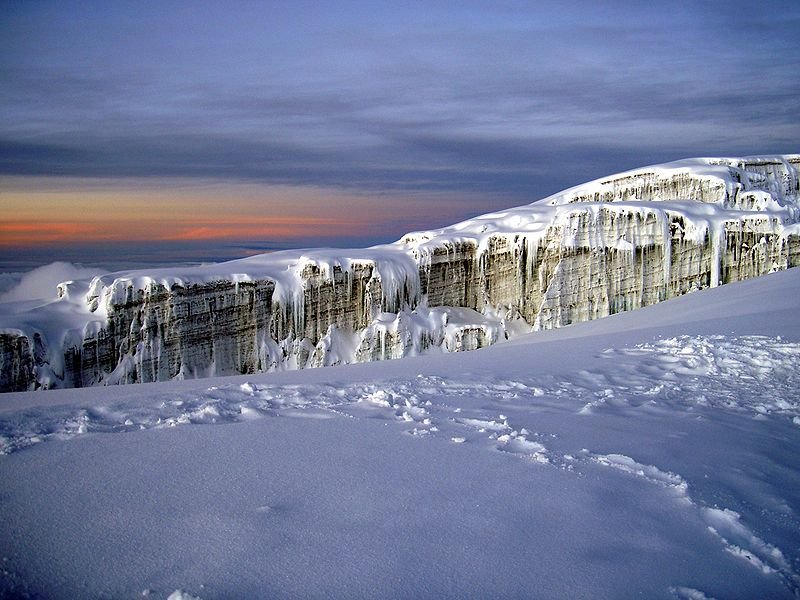 Southern Glacier of Mount Kilimanjaro in Tanzania
Southern Glacier of Mount Kilimanjaro in TanzaniaSource: https://commons.wikimedia.org/wiki/File:Southern_Glacier_5800m_Mt._Kilimanjaro_1.JPG
Author: Chris 73

Tanzania is a country in East Africa. It covers 945,203 sq km (364,898 sq mi) and has a population of 43 million people (2011 estimate). The country is bordered by Kenya to the northeast, Uganda to the north, Rwanda and Rwanda to the northwest, the Democratic Republic of the Congo to the west, Zambia and Malawi to the southwest, and Mozambique to the south. Tanzania has a coastline facing the Indian Ocean to the east. The capital of Tanzania is Dodoma while the biggest city is Dar es Salaam.
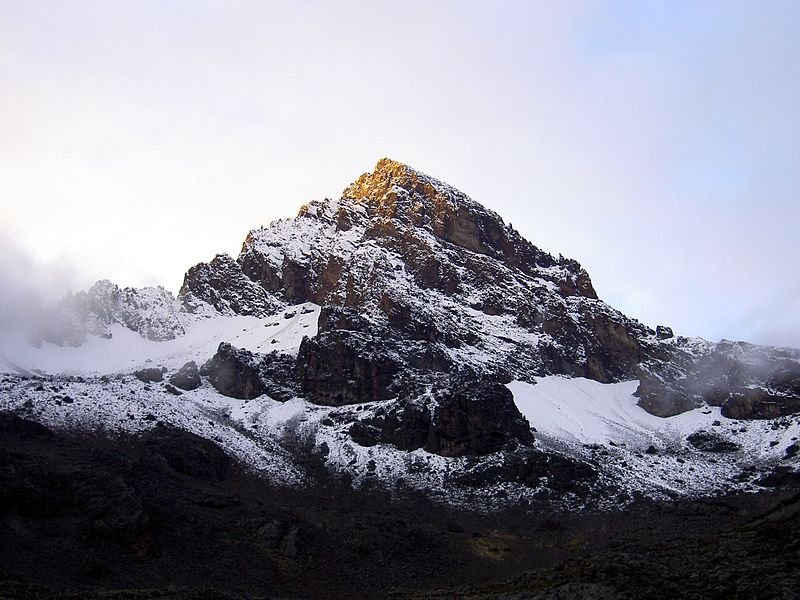 Mawenzi Peak, Mount Kilimanjaro in Tanzania
Mawenzi Peak, Mount Kilimanjaro in TanzaniaSource: https://commons.wikimedia.org/wiki/File:Mawenzi_at_Mt._Kilimanjaro_5.JPG
Author: Chris 73


- Dodoma - capital
- Dar es Salaam - biggest city
- Arusha
- Kigoma
- Mbeya
- Moshi
- Morogoro
- Mwanza
- Mtwara
- Zanzibar
Places of Interest in Tanzania
- Arusha National Park
- Mikumi National Park
- Mount Kilimanjaro
- Tarangire National Park
- Udzungwa Mountains National Park
Tanzania had a 2010 estimated nominal GDP of $22.43 billion, equivalent to a per capita nominal GDP of $560. The per capita GDP at purchasing power parity is $1,516. The economy of Tanzania is based on agriculture.
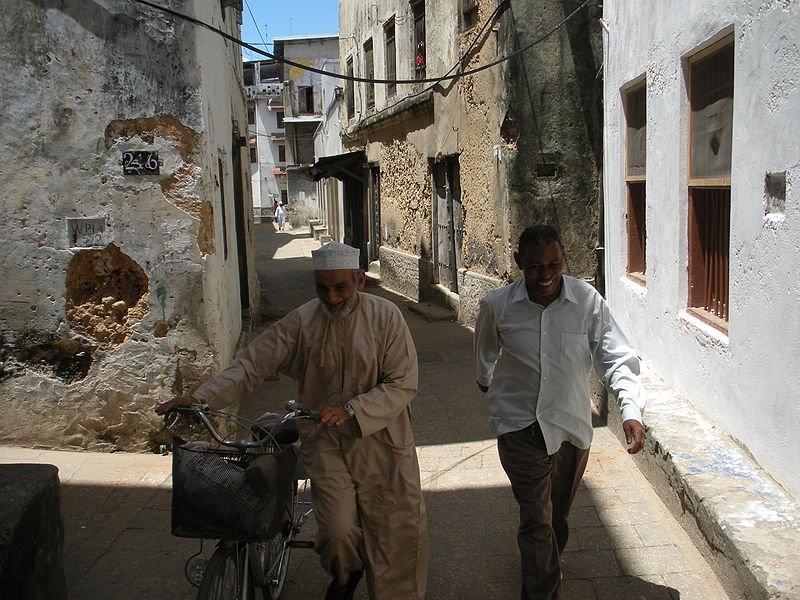 Alleyway in Zanzibar City, Tanzania
Alleyway in Zanzibar City, TanzaniaSource: https://commons.wikimedia.org/wiki/File:The_alleyway_in_Zanzibar_city.JPG
Author: Chen Hualin

Tanzania is believed to hold some of the oldest remains of humans on earth, with discoveries of fossil remains dating to two million years. In more recent times, the area was inhabited by the Bantu-speaking people since about 2,000 years ago. Arab explorers and merchants brought Islam to the coastal area of Tanzania since the eighth or ninth century AD.
Tanzania was occupied by Imperial Germany in the late 19th century. After the First World War, the area was designated under a British Mandate. Tanzania gained its independence from Britain in 1961. At that time, it was still known as Tanganyika. In 1964 Tanganyika merged with the islands of Zanzibar to form Tanzania.
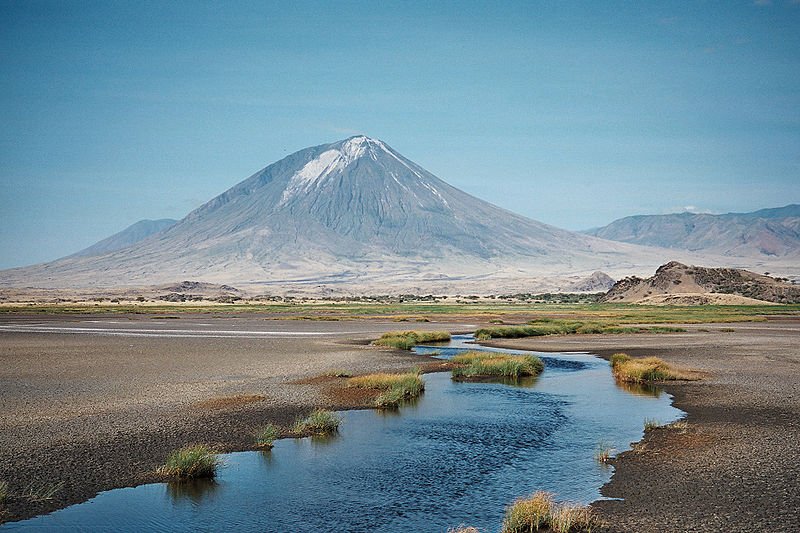 Mount Lengai in Northern Tanzania
Mount Lengai in Northern TanzaniaSource: https://commons.wikimedia.org/wiki/File:Lengai_from_Natron.jpg
Author: Clem23

The climate of Tanzania is influence by is topography. The low-lying areas are hot during the day and cool at night. There are no distinct summer or winter seasons. There are two rainy seasons in late October to late December, called the Mango Rains, and from March to May. The best times to visit are from June to August, when the day-time temperature is more pleasant, and from January to February, when the wilderbeest are in migration.
Planning your visit to Tanzania
Visitors from the following countries do not need a visa for stays of less than 3 months in Tanzania: Namibia, Romania, Rwanda, Hong Kong, Malaysia, and all members of the Commonwealth except the United Kingdom, Canada, Bangladesh, New Zealand, Nigeria, India and South Africa.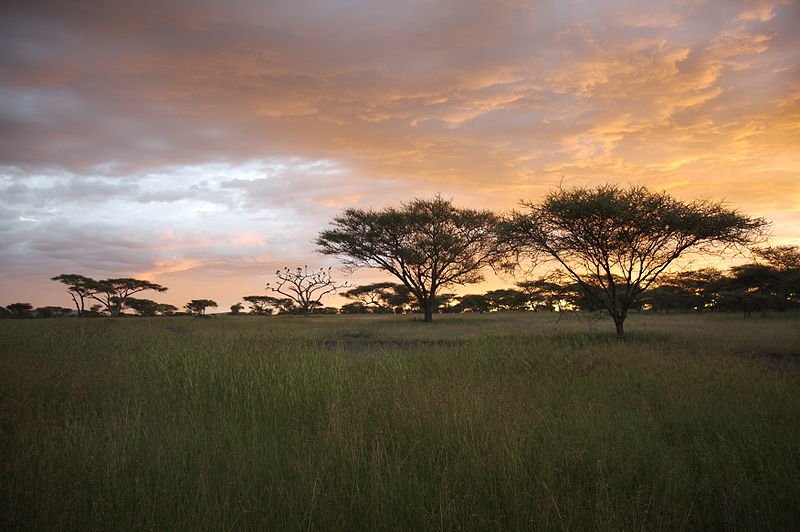 The Serengeti at sunset
The Serengeti at sunsetSource: https://commons.wikimedia.org/wiki/File:Serengeti,Sunset_Mbalageti.jpg
Author: Calle v H

The two main international airports in Tanzania are the Julis Nyerere Internatinal Airport (DAR) is Dar es Salaam and the Kilimanjaro International Airport (JRO) in Kilimanjaro. There are flights to Tanzania from London, Amsterdam, Nairobi, Dubai, Johannesburg, Addis Ababa, and Zürich, among others.
 Latest updates on Penang Travel Tips
Latest updates on Penang Travel Tips

Copyright © 2003-2025 Timothy Tye. All Rights Reserved.

 Go Back
Go Back